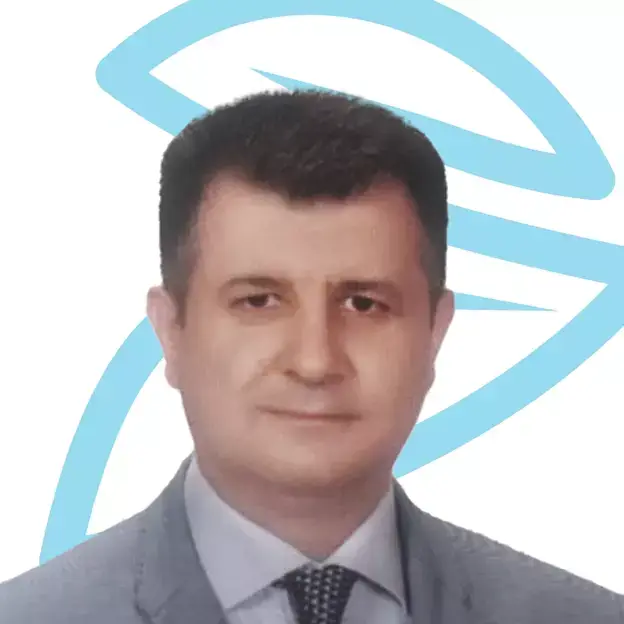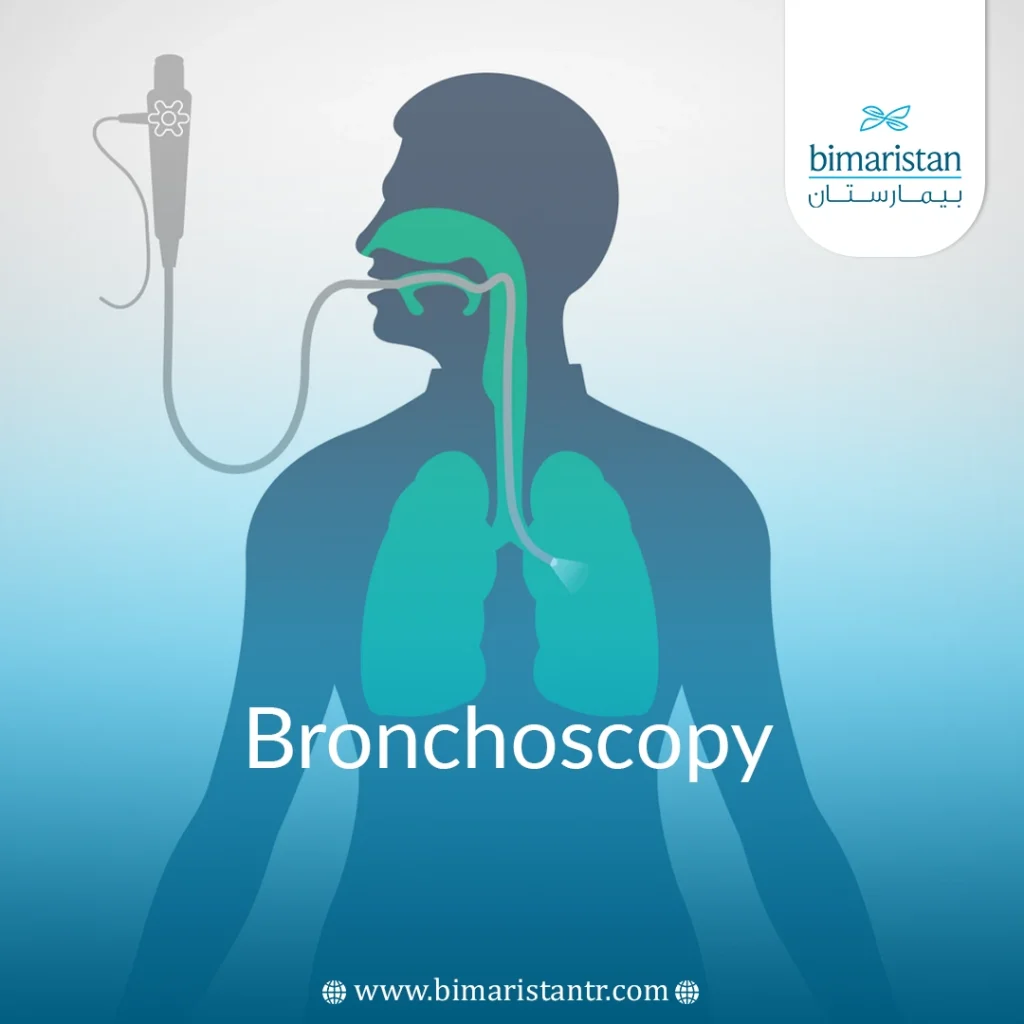Bronchoscopy is a crucial procedure for assessing the integrity of the airway and lungs, and it may also be used for therapeutic purposes. Turkey offers state-of-the-art bronchoscopy equipment at competitive costs.
How Bronchoscopy is performed
Bronchoscopy is performed using a special endoscope, a thin tube equipped with a light and camera at its base. The doctor inserts the tube either through the mouth or nose, down the trachea, and into the lungs. Using a video screen, the doctor can view the larynx, vocal cords, and bronchi, reaching the small bronchial branches within the lungs. The doctor looks for abnormalities such as bleeding, foreign bodies, tumors, and inflammation in the bronchi.
This procedure is not limited to diagnostic purposes only; therapeutic maneuvers can be performed using the bronchoscope. For example, the doctor can remove a foreign body or take a sample from the airways for microscopic examination. Hemorrhage can also be stopped using a thermal coagulation device.
The patient feels no pain during the procedure, as it is performed under anesthesia.
When is a bronchoscopy needed?
In fact, the procedure is typically used to diagnose respiratory diseases and may also be used to treat them. The most important reasons a doctor may use a bronchoscope are:
- An abnormal appearance on a chest x-ray
- Persistent cough or hemoptysis (coughing up blood)
- Bronchial problems or narrowing
- Diagnosing bronchitis
- Removing foreign bodies or mucus blocking the bronchi or bronchioles
- Removing a biopsy if lung cancer is suspected
- Performing therapeutic maneuvers such as stopping bleeding or placing a stent to secure the airway
- Examining lymph nodes near the lung
Types of Bronchoscopes
Two main types of bronchoscopes are used:
Flexible Bronchoscope
The flexible bronchoscope is more commonly used than the rigid bronchoscope. The flexible bronchoscope can reach farther, even into the small branches of the lungs. The following therapeutic maneuvers can be performed using this bronchoscope:
- Aspirating secretions from the bronchi
- Taking respiratory tissue samples
- Directly administering medications for the lungs
- Placing a device to support the respiratory system
- Diagnosing bronchial diseases
Rigid bronchoscope
It has the shape of a straight tube and does not reach as far as a flexible bronchoscope. It is often used for therapeutic purposes. When a test is needed to visualize the bronchial tubes, a flexible bronchoscope is used. The following therapeutic maneuvers can be performed using a rigid bronchoscope:
- Stop bleeding
- Remove foreign bodies from the bronchial tubes
- Remove large amounts of secretions obstructing the airways with an endoscope
- Placing stents in the airway
- Remove pathological lesions in the airway
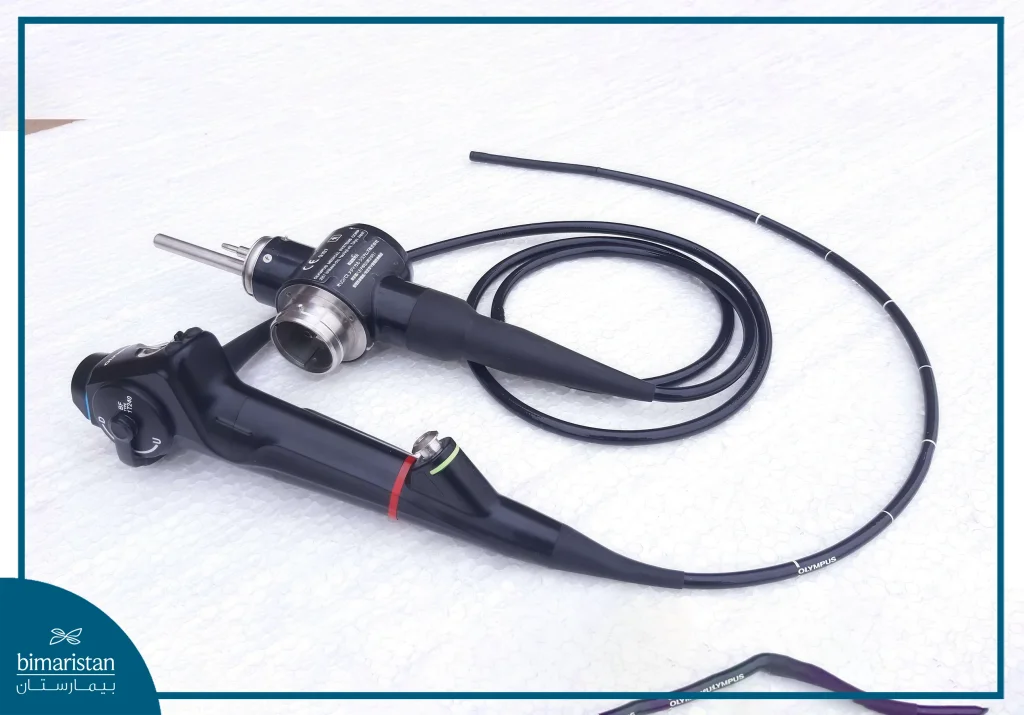
The latest bronchoscopy methods in Turkey
Recently, new techniques have been developed in bronchoscopy in Turkey. The country offers the latest treatment methods at the lowest possible costs, including modern approaches.
Super Dimension® System
One of the modern techniques in the field of this procedure is based on the introduction of an electromagnetic bronchoscope, which is characterized by a better diagnostic ability than the normal device, as this device can reach small areas within the lungs.
Electromagnetic bronchoscopy offers several advantages, including improved capabilities for therapeutic procedures, such as the easy removal of small lesions from the bronchus. This technique also facilitates the early detection of bronchial cancer. Furthermore, it is associated with fewer complications compared to traditional methods.
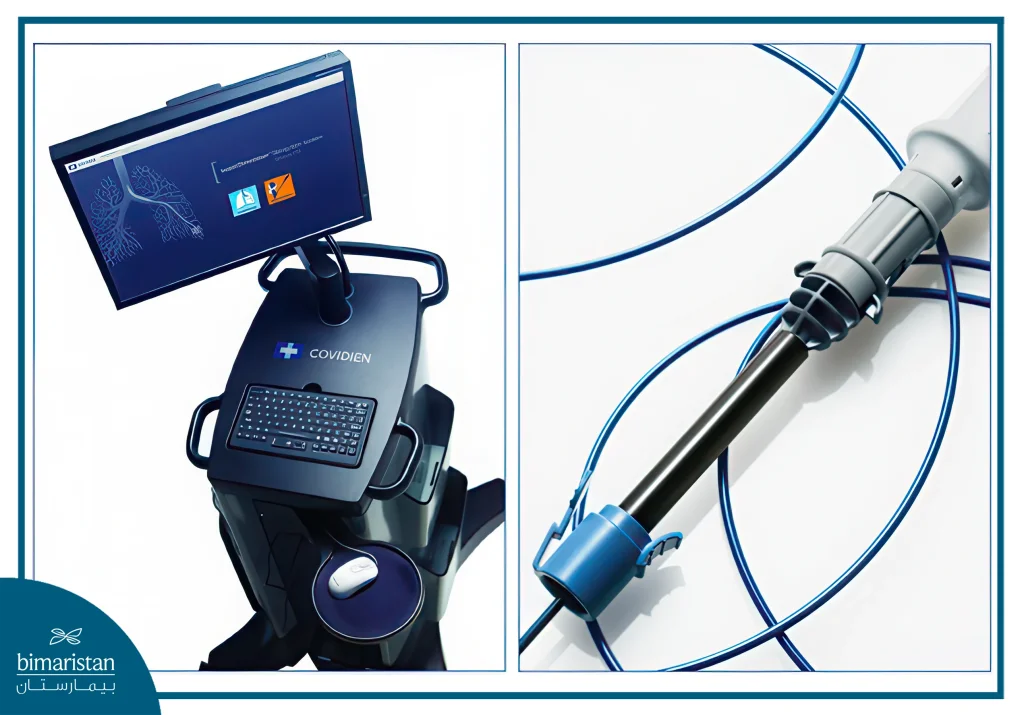
Preparation before bronchoscopy
Your doctor will give you some instructions on how to prepare before the procedure. For example, you should not eat or drink 4 to 8 hours before the bronchoscopy.
The doctor will also ask you about the medications you are taking. Some medications, such as blood thinners, must be stopped before the procedure for a period of time determined by the doctor.
It is preferable to take a family member with you to drive you home after completing the bronchoscopy, as the effect of anesthesia may linger for some time after its completion.
During bronchoscopy
This procedure can be performed in the hospital or on an outpatient basis by a specialized thoracic physician. The procedure takes about 30 to 45 minutes and the entire process from preparation to full recovery from anesthesia takes about four hours.
During the procedure, the patient lies down with their head slightly elevated and is connected to the necessary equipment to monitor oxygenation and other vital signs, and an intravenous route is secured.
The patient remains awake and is given relaxation medications in addition to anesthetizing the nasal and oral areas with a local anesthetic; in case of the need to perform the procedure with a rigid endoscope, general anesthesia is administered.
The scope is then inserted to examine the integrity of the bronchi or make a therapeutic intervention according to the case. The patient may feel a little discomfort during insertion and can breathe normally during endoscopy. After completing the examination, the scope is withdrawn.
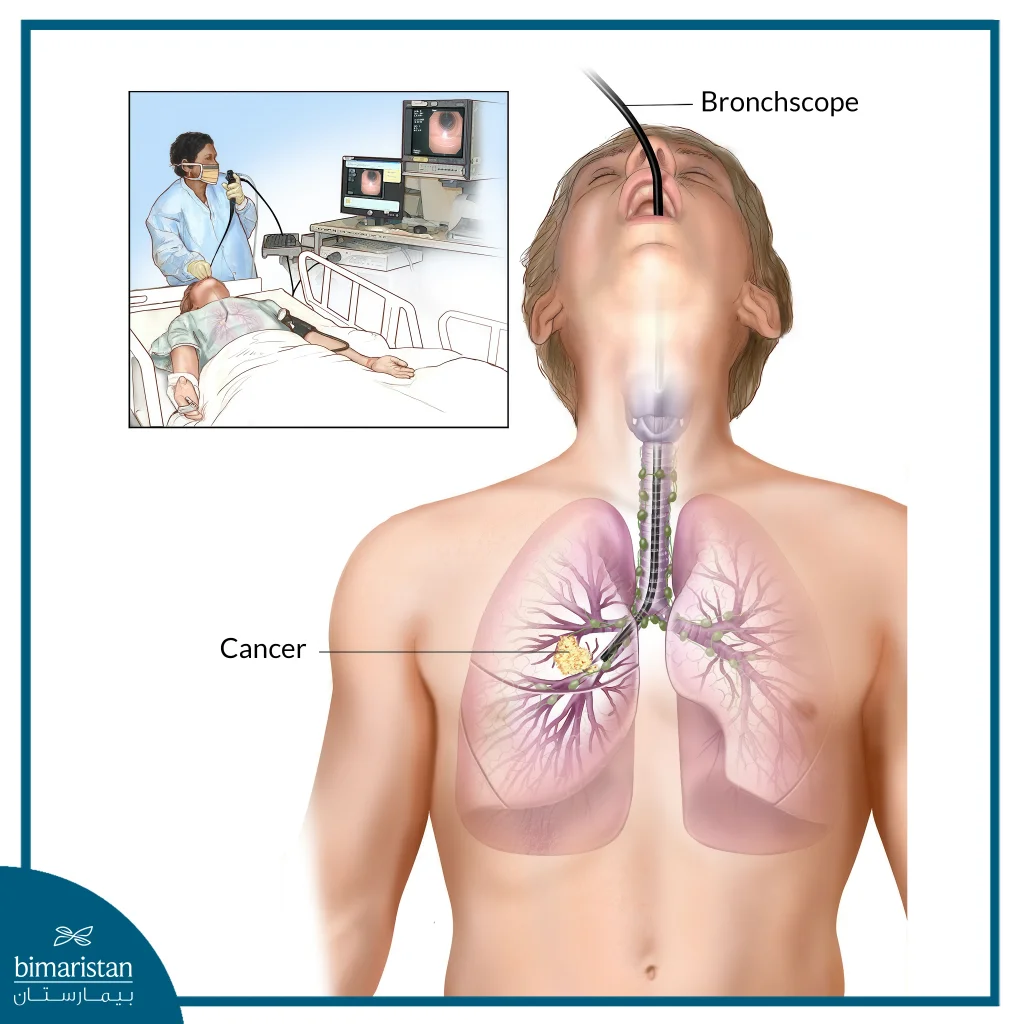
After bronchoscopy
After the bronchoscopy procedure, the patient remains under observation for a few hours, the patient may be slightly disoriented after the completion of the bronchoscopy due to the lack of anesthesia, the mouth area remains under local anesthesia for a few hours after the procedure so the patient is asked to avoid eating or drinking to avoid food entering the airway.
When the effect of anesthesia around the mouth wears off, you can start drinking a small amount of water and then gradually eat light food, you may feel a little discomfort after the endoscopy, mild throat pain and coughing, there is no need to worry, this is normal and goes away after a while automatically, and drinking warm water may help alleviate these symptoms.
Your doctor will let you know when you can return to your previous diet and daily activities. Your doctor will show you the results of the bronchoscopy after the anesthesia wears off, and may schedule another appointment for you to discuss the results so that you can get a better understanding of your recovery.
Risks of endoscopy
While bronchoscopy is generally considered fairly safe, any medical intervention is not without some potential complications:
- Bleeding
- sepsis
- Bronchial perforation
- bronchospasm
- thoracic wind
- Irritation of the vocal cords or the respiratory tract
Sources:
